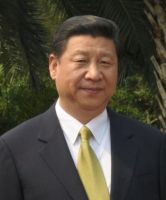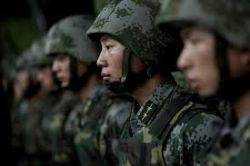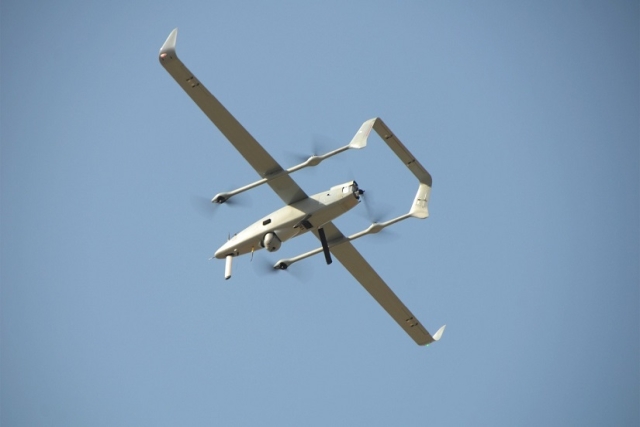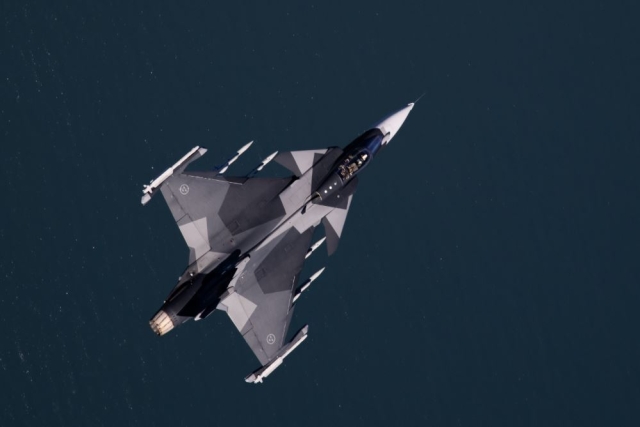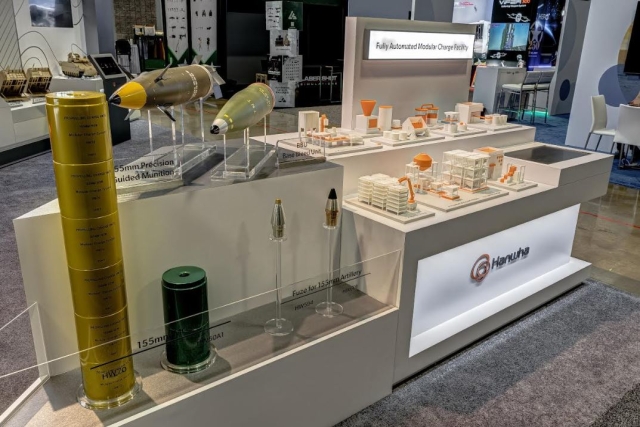China's Pterosaur Combat Drone Marks First Flight
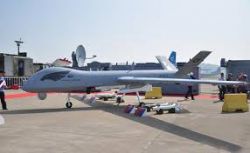
China has made known its intension of making an export success of its recently developed Combat drone, the Pterosaur a competitor of the US Predator.
The Pterosaur marked its first flight yesterday. “After more than 20 minutes of flying over mountains in south China’s Guizhou province, the Pterosaurs found the airport accurately and landed successfully”, said a report in China Military Online, a website of the official Chinese Army newspaper.
Exports of combat and high altitude long range drones made in the US are tightly controlled by an agreement signed by a group of 34 countries called the Missile Technology Control Regime, which includes the US, UK, France, Germany and Japan but not China and Israel.
This where China hopes the Pterosaur can find international market in countries to whom US technology is either off-limits or too expensive. The Pterosaur remotely-operated aircraft is capable of carrying air-to-ground missiles, laser-guided and precision guided bombs. It can fly at an altitude of 5,300 metres with a 200 Kg payload and has a range of over 3,000 kms.
The Pterosaur,also called Wing Loong is a medium altitude long-endurace (MALE) UAV, developed by the Chengdu Aircraft Industry Group, a subsidiary of the Aviation Industry Corp of China (AVIC). The combat drone weighs 1.1 tonnes, is nine metres long and has a 14-metre wingspan, making it one of the biggest drones in the world today.
“The drone can attack targets located 5,000 meters below,” said the manufacturer’s engineer in charge of technological development to Chinese media. “It can also carry out reconnaissance activities and do mineral and geological research. Its abilities are equivalent to those of the U.S. military’s latest drone.”
“The Pterosaur, with its outstanding performance, has attracted a number of domestic and foreign users”, said the China Military Online report underscoring its manufacturer’s intention of finding an export market for it. It was displayed at the Airshow China and will most certainly be on the shopping list of Pakistan, which has become a ready customer for China’s military hardware. Other potential buyers include Myanmar and countries in Africa and South America.

